To market effectively, it is essential to identify the different phases that customers go through in order to tailor marketing strategies and segmentation to reach the right person at the right time.
But although the main stages of the journey are similar, not all buying cycles are the same. Some products are characterized by short buying processes, while others have a long sales cycle.
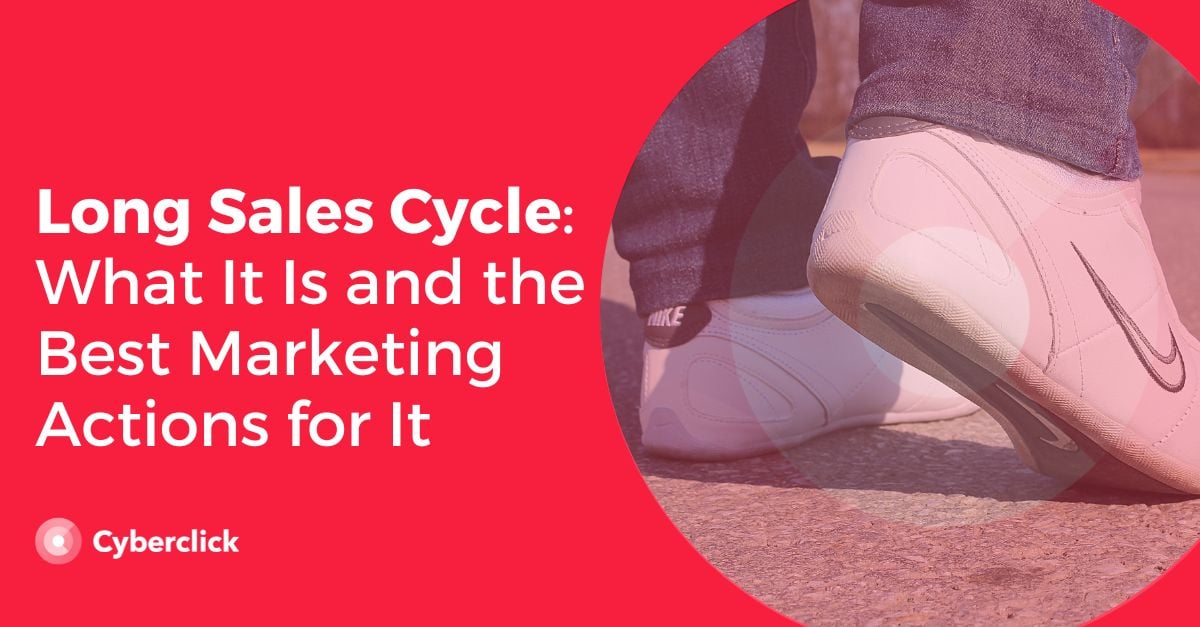
What Is a Long Purchase Cycle?
In marketing, we call the "buying cycle" the process a consumer goes through from the moment a need arises until it is resolved by acquiring a specific product or service.
Throughout this process, consumers go through different stages: first, they become aware of the need, then, they research and consider different ways of solving it. Lastly, they decide to make a purchase.
The difference between short and long purchase cycles lies in the length of this process. In short buying cycles, usually related to low-impact products, you move quickly from one phase to the next.
Long sales cycles, on the other hand, involve a high-value investment, which means that the consumer needs to carry out a longer decision process. The consumer needs time to mull over the different options, so the time between the initial interest and final purchase is longer.
Phases of a Medium-Long Purchase Cycle
Let's take a closer look at the typical phases of a long purchase decision process:
- The process begins when the company invests in creating a new high-value product or service. This product requires considerable investment from the customer, who sometimes pays for it over a long period of time (e.g. specialized software, a car, or a house).
- The end consumer is interested in purchasing the product or software but is aware that it is a decision with significant implications for his or her finances. Therefore, the research and decision-making process on their part is lengthy; oftentimes, a period of 3 to 6 months or more.
- The company detects the potential customer's interest in the product and starts a process of lead nurturing, during which it offers interesting and relevant content and focuses on alleviating any concerns.
- Finally, the customer closes the sale and the company turns a profit. In turn, this makes it possible to continue investing in the development of high-value products and the cycle starts all over again.
Characteristics of Long Sales Cycles
- Long sales cycles can occur in both B2B products and services, which are often complex and high value (e.g., industrial machinery or CRM software), and in B2C products or services that involve considerable investment and have a major impact on the consumer's life (automobiles or real estate).
- The most defining characteristic of long sales cycles is that the decision process is longer and more thoughtful than for products with a short buying cycle. In addition, although there is one person in charge of making the final purchase decision, this person usually consults with others, for example, with the rest of the team members in the case of B2B purchases and with other members of the family in the case of B2C products.
- Long sales cycles involve high expenses, so the customer applies economic criteria to his decision, such as profitability and return on investment (ROI).
- For the company, these cycles also involve a high investment in marketing and sales for each customer. Each lead is followed up with and hours of work are invested in creating a full-funnel content strategy, resolving doubts, designing tailor-made proposals, and more. Therefore, minimizing the loss of leads is important.
- These characteristics make trust fundamental for long sales cycles. The customer comes into contact with the brand at multiple points in the process and develops a relationship with it. The company must be able to advise, accompany, and guarantee them that the purchase is worth it.
Long Sales Cycle: Lead Generation and Automation
Long sales cycles require a significant investment of time and resources on the part of the company. It is therefore essential to automate the process as much as possible to optimize the investment and achieve better results. This automation is carried out using specialized software, such as customer relationship management or CRM solutions. This way, information about all potential customers is centralized and you can carry out actions that bring users closer to the final conversion.
The process consists of the following phases:
- Lead generation. In this stage, the aim is to capture customers' data in order to incorporate those leads into the database. In digital marketing, this is usually done by offering valuable content to web visitors in exchange for their emails. The whole process is automated: after filling in a form, the user becomes a part of different communication flows or workflows.
- Lead nurturing. After becoming a lead, the user begins to receive valuable content from the brand and develop a relationship with it through regular communications. The objective is to "mature" the lead to bring it closer and closer to the sale.
- Conversion. Finally, the "mature" lead is passed on to the sales team to close the conversion. It is worth noting that you can also use automation to continue communicating with the customer after the sale and encourage customer loyalty.
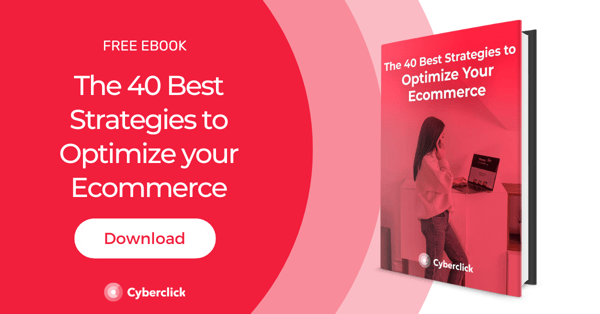
CEO y cofundador de Cyberclick. Cuenta con más de 25 años de experiencia en el mundo online. Es ingeniero y cursó un programa de Entrepreneurship en MIT, Massachusetts Institute of Technology. En 2012 fue nombrado uno de los 20 emprendedores más influyentes en España, menores de 40 años, según la Global Entrepreneurship Week 2012 e IESE. Autor de "La empresa más feliz del mundo" y "Diario de un Millennial".
CEO and co-founder of Cyberclick. David Tomas has more than 25 years of experience in the online world. He is an engineer and completed an Entrepreneurship program at MIT, Massachusetts Institute of Technology. In 2012 he was named one of the 20 most influential entrepreneurs in Spain, under the age of 40, according to Global Entrepreneurship Week 2012 and IESE. Author of "The Happiest Company in the World" and "Diary of a Millennial".


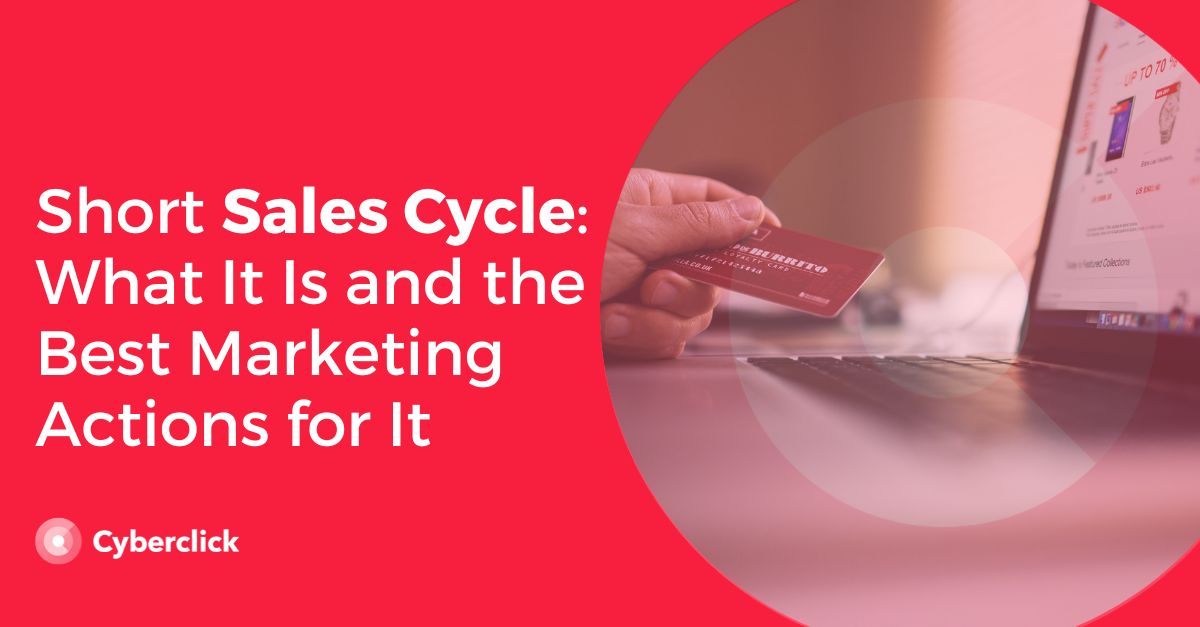
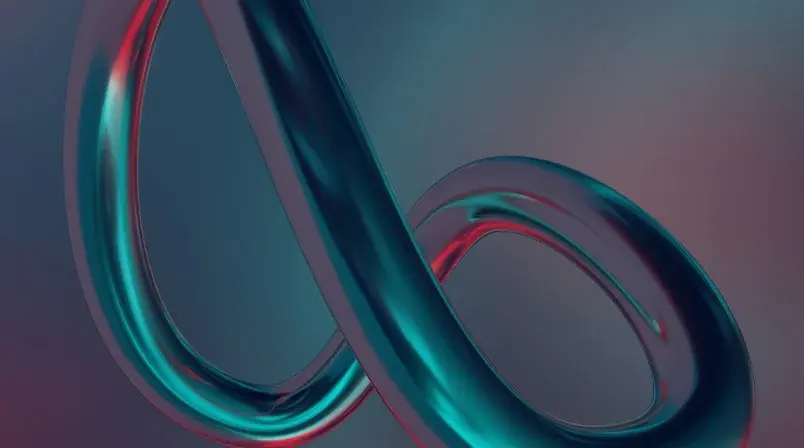
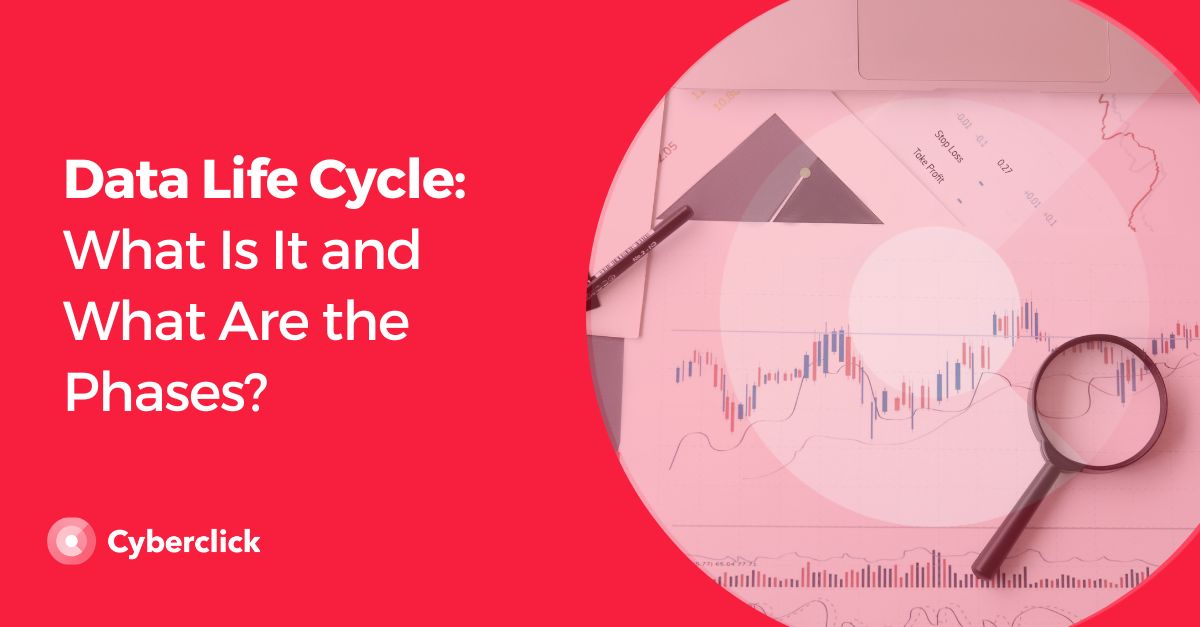
Leave your comment and join the conversation